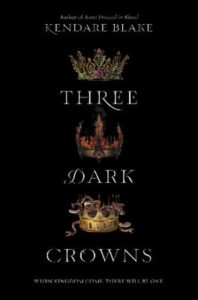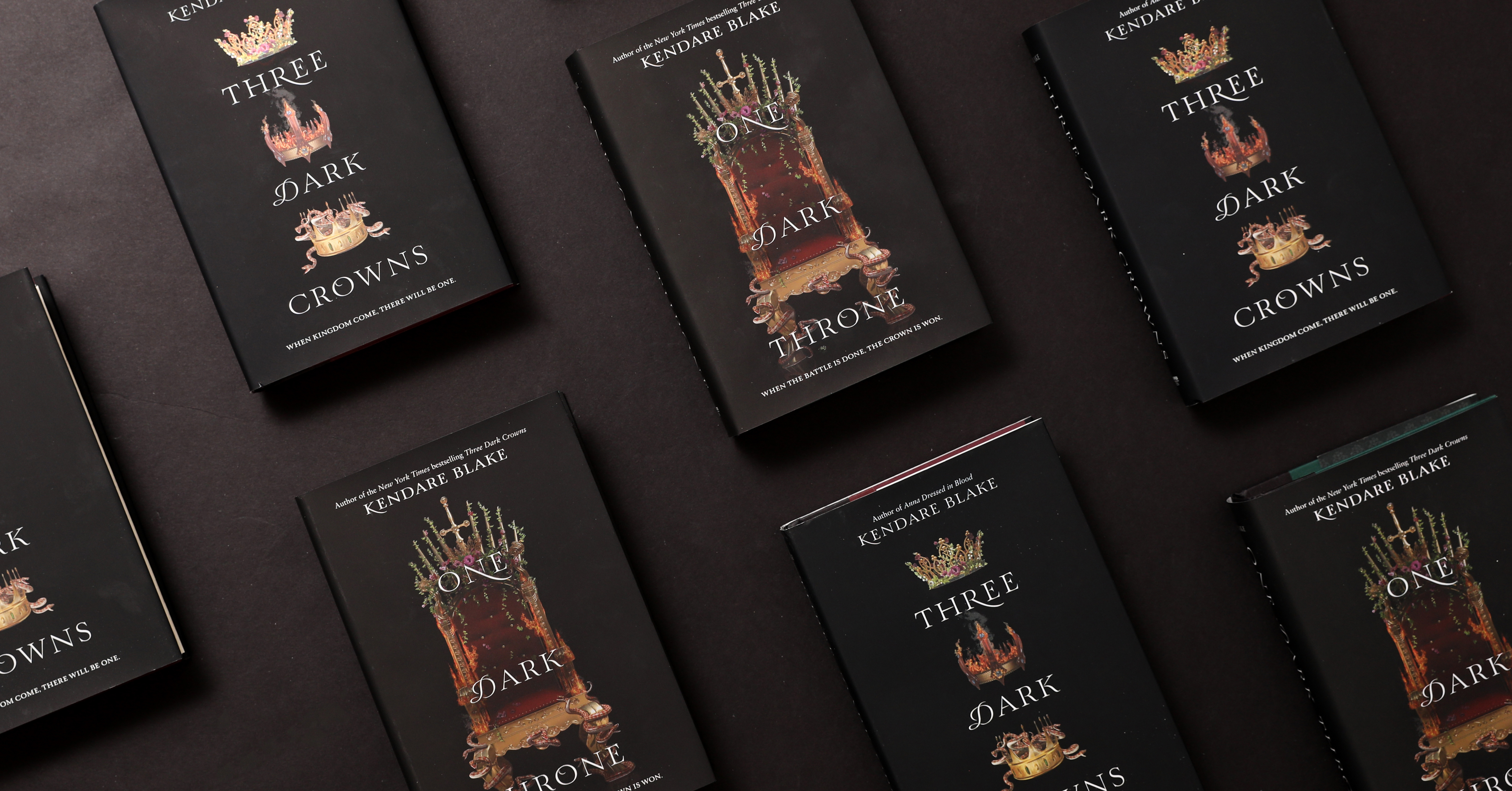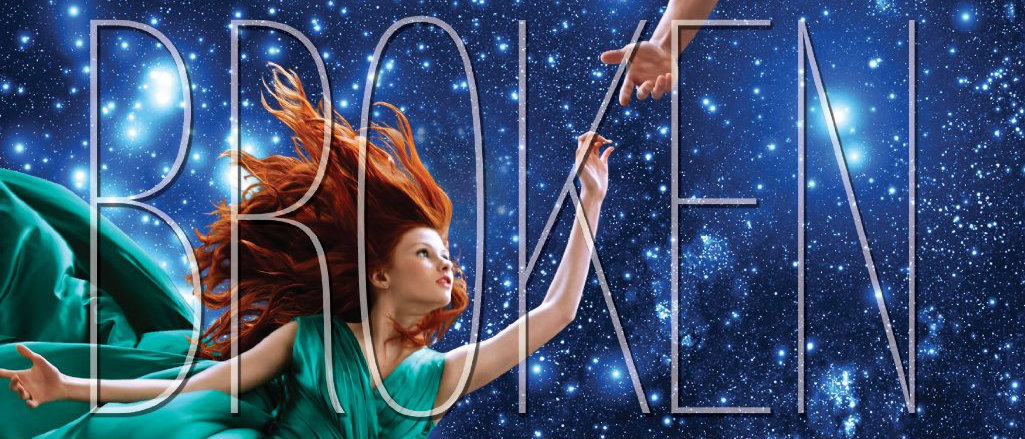Kendare Blake is the author of Anna Dressed in Blood, a book that I fell in love with years ago and devoured as quickly as possible, as well as its sequel Girl of Nightmares. In 2016 Blake returned with a new young adult fantasy series, beginning with Three Dark Crowns, which tells the story of three magically-gifted sisters, one of whom is destined to be queen. In order to claim her crown, though, she must kill the other two and emerge the victor.
Katharine the poisoner, Arsinoe the naturalist, and Mirabella the elemental are the sisters of Fennbirn destined for greatness – or they would be, if not for the problem that Katharine and Arsinoe don’t seem to have inherited either of their gifts. Mirabella, on the other hand, is a talented elemental, and so the standing of the three girls is the driving force behind much of the book’s plot. The point of view rotates between all of them, giving the reader the full scope of what’s at stake for Fennbirn if Katharine and Arsinoe indeed turn out to be as giftless as they appear.
 While I was a huge fan of Blake’s previous works, which were rich in both atmosphere and character, Three Dark Crowns fell unusually flat for me. Perhaps it’s the genre – the Anna books are contemporary YA horror and Crowns is YA fantasy – but nothing felt fully fleshed out: not the world of Fennbirn, the way the monarchy is handled, or even the sisters themselves.
While I was a huge fan of Blake’s previous works, which were rich in both atmosphere and character, Three Dark Crowns fell unusually flat for me. Perhaps it’s the genre – the Anna books are contemporary YA horror and Crowns is YA fantasy – but nothing felt fully fleshed out: not the world of Fennbirn, the way the monarchy is handled, or even the sisters themselves.
Outside of their three defining gifts, the sisters lacked real personality until about midway through the story. Up until the last 10 or so pages, I didn’t know if any of them even wanted to be queen. The prospect of killing each other is, of course, a central conflict that all the girls revolve around, but as far as ruling a country? Shouldering that responsibility? I don’t know how any of them actually feel about wielding all that authority. Are they eager for it? Afraid? Anxious?
The writing itself was also fairly stale. Again, this is a fantasy book, so I was prepared for detailed descriptions of this new world. I was ready to be immersed in unfamiliar territory, so I could feel as though Fennbirn was vivid and real.
Instead, I didn’t get much of anything.
Descriptions were rushed through or left out altogether, as though the setting didn’t matter much to the rest of the story. This, again, goes back to the girls’ lack of personality: the stale writing didn’t allow for the reader to get to know any of the sisters’ internal thoughts. Everything was physical: what she did, what she looked like, how she smiled. Rarely did we get treated to how she felt, and when that did occur, it was dealt with in a sentence or two before moving on to the next line of dialogue or scene.
For example, Mirabella starts having dreams she believes are memories of her childhood with her sisters before they were separated. I was intrigued. I wanted to know more about how these girls grew up together. But instead, Mirabella spends one or two sentences talking about how sweet she remembers Katharine to be, or how stubborn Arsinoe was when they were little. Do we ever see examples of Katharine’s sweetness, or Arsinoe’s stubbornness? No. Mirabella simply tells us that they were, and it’s left at that.
Because of all the above, it was hard to get invested in the outcome of the conflict. I did wind up developing something of a favorite sister in Katharine first, and then eventually Mirabella, but it took until about halfway through the story for either to happen. Up until then, it was a lot of watching characters ‘do stuff’ in sequence. It didn’t help either that Katharine’s entire arc centered around some kind of romance with a noble boy, Pietyr, which I didn’t really buy because I was never given a chance to understand how she really feels about him (though to be fair, I didn’t buy anybody’s romance).
One of my biggest grievances, though, is that for a story with such a dark premise, it’s slow and uneventful. A lot of the story consists of the sisters separately practicing their craft and honing their gifts, their guardians plotting ways to get their respective girl on the throne, and potential romances. Rinse and repeat for the next sister’s POV.
If you’ve read or watched The Hunger Games, it would be as if the first book/movie consisted entirely of the tributes’ training sessions, and the climax is the interview with Caesar Flickerman. The death and destruction I came to expect from the premise never came to fruition, and with nothing too promising on the horizon, it became difficult trying to finish off the last third of the book.
There were a couple of good moments with tension. The sisters aren’t allowed to meet or see each other before they’re unveiled at a special Ascension ceremony, and so whenever they were in close proximity or almost about to run into each other, I was genuinely drawn in.
But ultimately, Three Dark Crowns turned out to be a classic case of “show, don’t tell”: because I was told only the bare bones of what was necessary for a scene, and never given a window to see these girls’ thoughts and lives, I never felt fully invested. Katharine gets sick from poison a lot; Arsinoe wanders around aimlessly in the woods; Mirabella practices with the elements. This is what makes up a majority of the book.
Three Dark Crowns ultimately felt like a prequel to a much more interesting story, and with One Dark Throne out now, we’ll see if the pace picks up and if the characters become more fleshed out. I do recommend this book, though, for readers who are looking for more hope and less gloom-and-doom in their fantasy stories these days. After all, doom and gloom can be tiring, especially given that most forms of media still seem to be riding the train of “the grittier and more hopeless, the better” (see: Game of Thrones, The Walking Dead, Into the Badlands, etc). So if you’re looking for fantasy that’s not too dark, this could be the story for you; otherwise, you may be disappointed with the first installment of the series and may be better off waiting for the next.
2.5 out of 5 stars
This review contains affiliate links. While Girls in Capes does make revenue from purchases made at affiliate links, reviews are not paid, and all reviews contain the staff writers’ honest opinions of the work.





